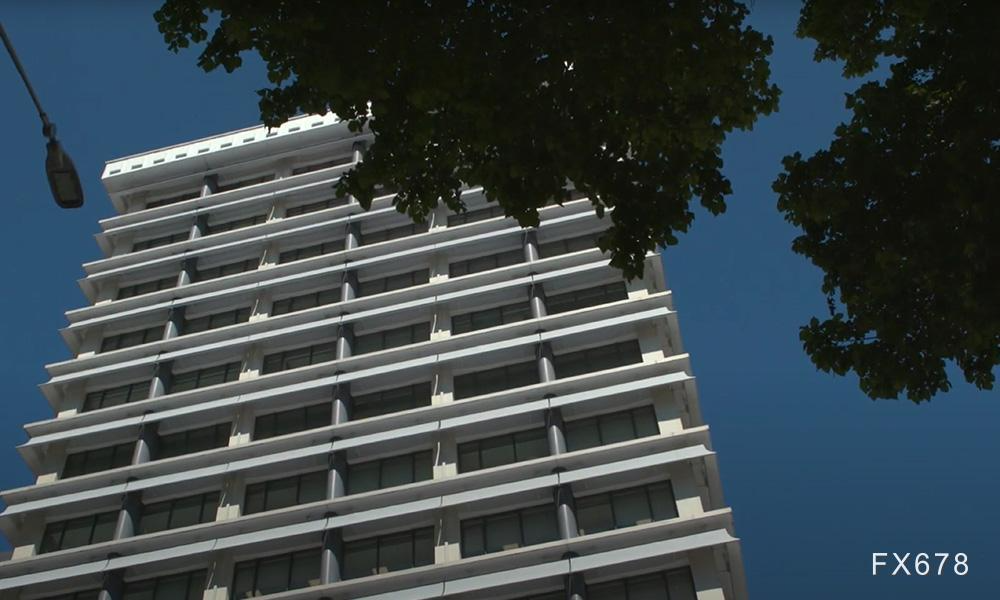The Australian and New Zealand dollars struggled to hold steady as the Reserve Bank of Australia is expected to cut interest rates for the first time as early as February next year
The Australian and New Zealand dollars held steady on Wednesday as the dollar gave up some of its recent gains, having earlier hit fresh one-week highs and looking set to extend their gains into a fourth trading day.

The dollar's rally has paused as markets await who President-elect Trump will pick as Treasury secretary and how likely that candidate is to push ahead with Trump's sweeping tariff and tax proposals.
The Australian dollar continues to draw some support from a steady rate outlook after minutes from the RBA's last meeting showed the bank remains wary of upside risks to inflation.
"RBA rhetoric continues to be hawkish compared to macro data and global peers, but we expect a shift to a dovish stance in future communications," analysts at JPMorgan wrote in a note. "We continue to forecast the first rate cut in February, though it's important to note that this is a close call as decisions are highly data dependent."
Markets are implying only a 37% chance of a cash rate cut to 4.35% in February and a 58% chance of a cut in April, with a 25 basis point rate cut not fully priced in until May.
The next important economic data is October's CPI, due on November 27, which is expected to fall again after a sharp drop to 2.1% year-on-year in September.
The average measure of core inflation slowed to 3.2% in September and is likely to reach the upper end of the RBA's 2%-3% range in October.
The Reserve Bank of New Zealand meets next week and investors believe the bank will cut its 4.75% cash rate by 50 basis points, bringing it below Australia's rate.
The market also sees an 84% chance of another 50 basis point cut in February, taking rates close to 3.25% by the end of next year.
